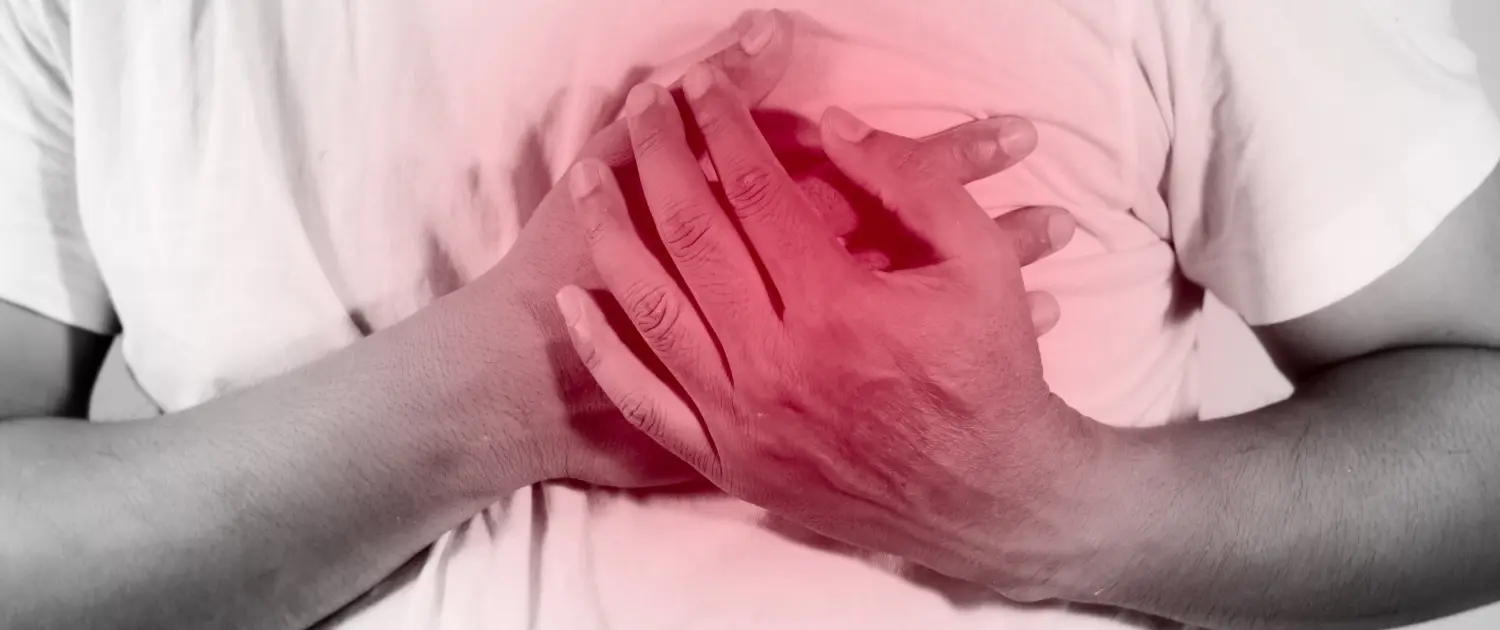The Most Dangerous Liver Diseases
The liver is a very important organ for the body. Its main tasks include filtering the blood, cleaning toxins and storing important nutrients. Liver problems can be affected by certain genetic or acquired diseases and can include potentially dangerous types. Some of the most dangerous types of liver diseases are:
- Cirrhosis of the liver Cirrhosis is a condition in which the liver becomes hardened and covered with scar tissue as a result of chronic damage.
- Hepatitis C: Hepatitis C is a viral infection that affects the liver. These viruses can cause inflammation and damage to the liver.
- Liver cancer Liver cancer, especially hepatocellular carcinoma, is the most common type of cancer in the liver. It often develops due to chronic liver diseases, especially cirrhosis and viral hepatitis.
- Alcohol-induced liver disease: Excessive alcohol consumption can cause fatty deposits in the liver (steatosis), inflammation (alcoholic hepatitis) and eventually cirrhosis. Alcohol-induced liver disease can lead to liver failure if left untreated.
- Genetic liver diseases: Genetic disorders such as glycogen storage disease (GSD), Wilson’s disease, hemochromatosis and Gaucher disease can cause chronic liver damage.
- Fatty liver disease: This condition occurs when excess fat accumulates in the liver. It includes conditions that develop from underlying causes such as obesity and diabetes, which may or may not be related to alcohol use. In advanced stages, it can lead to cirrhosis and liver cancer.
What are Liver Diseases?
Liver disease refers to any condition that affects the liver. Liver problems can be caused by many different factors and can damage the liver and affect its functioning. These diseases can occur for a variety of reasons, including genetic factors, viruses, alcohol consumption and poor lifestyle habits. Diagnosing the symptoms of liver diseases early on and implementing treatment is crucial to maintain the health of this vital organ.
What are the Symptoms of Liver Disease?
Liver disease does not always cause obvious symptoms. Sometimes, however, symptoms of liver distress can begin with an attack of acute hepatitis. For example, viral hepatitis infection can cause acute symptoms of discomfort in order to defeat the infection before the discomfort turns into a chronic stage. If the immune system is unable to correct the acute condition, the disease becomes a chronic infection and marked symptoms may appear. Signs of obvious liver problems may include
- Yellowing of the skin and whites of the eyes
- Abdominal pain
- Swelling in the abdomen
- Swelling in the legs and ankles
- Skin itching
- Dark urine
- Light-colored stool
- Constant fatigue
- Nausea or vomiting
- Loss of appetite
- Easy bruising of the skin
Liver Cirrhosis
Cirrhosis of the liver is serious and permanent scarring of the liver. This is the stage of fibrosis that can no longer be treated and is usually the result of long-term chronic hepatitis. When the liver does not have enough healthy cells to function, tissues cannot regenerate. The final stage of this condition is chronic liver failure. However, early diagnosis and treatment can still slow or control the damage before it reaches this stage.
The liver performs vital functions such as detoxification, protein production and producing bile needed for digestion. But cirrhosis causes these functions to break down. The most common causes of cirrhosis include alcohol consumption, hepatitis B and C infections and non-alcoholic liver aging (NASH). Symptoms of cirrhosis may not be obvious at first, but as the condition progresses, symptoms such as fatigue, jaundice, swelling of the abdomen and legs, itchy skin and easy bruising appear. Diagnosis is usually made by blood tests, ultrasound and liver biopsy. Treatment usually involves stopping alcohol and controlling the underlying cause and managing complications.
Liver Cancer
People with chronic liver disease have primary liver cancer (hepatocellular carcinoma). Infection, liver self-repair and scar tissue can make liver cells more likely to develop into cancer. Cancer begins when liver cells grow abnormally and uncontrollably. Primary liver cancer is a type of cancer that starts in the liver and the most common type is hepatocellular carcinoma. This condition usually develops as a result of chronic liver diseases, cirrhosis and viral hepatitis B and C infections. Alcoholic liver disease and non-alcoholic steatohepatitis (NASH) may also be risk factors. Symptoms of liver cancer include weight loss, abdominal pain, jaundice, abdominal swelling and fatigue. However, these symptoms usually appear in the advanced stages of the disease. Diagnosis is based on blood tests, imaging (ultrasound, MRI, CT) and biopsy. Treatment options are planned by doctors depending on the stage of liver cancer and the general health of the patient.

Hepatitis C
Hepatitis C is a viral infection that affects the liver. This condition is characterized by inflammation and swelling that damages liver tissues over time. Hepatitis is an inflammation of the liver and has many causes, some of which are viruses. Viral hepatitis C tends to stay in the body for a long time. Hepatitis C infection can be acute or chronic. Symptoms can include fatigue, loss of appetite, nausea, muscle and joint pain and jaundice. Diagnosis is usually based on blood tests. Treatment is with antiviral drugs and in most cases can clear the virus.
Fatty Liver
Fatty liver disease is a condition in which excess fat accumulates in the liver cells. This condition is usually seen in two main forms. These forms are alcohol-related fatty liver disease (AFLD) and non-alcoholic fatty liver disease (NAFLD). NAFLD is the accumulation of fat in the liver without alcohol consumption and is influenced by factors such as obesity, diabetes and high cholesterol. Fatty liver disease may often be asymptomatic in the initial stages. In later stages, symptoms of fatty liver disease may include fatigue, abdominal discomfort and enlarged liver. Delay in treatment can lead to inflammation and damage to liver cells, increasing the risk of cirrhosis and liver cancer. Treatment usually involves lifestyle changes such as a healthy diet, weight loss, regular exercise and avoiding alcohol consumption under the supervision of a doctor.
What are Genetic Liver Diseases?
Genetic liver diseases are disorders that are inherited and affect the functioning of the liver. These diseases are caused by genetic mutations and usually run in families. These disorders, which cause toxic products to build up in your blood, such as glycogen storage disease (GSD), Wilson’s disease, hemochromatosis and Gaucher disease, can cause chronic liver damage. Some of the genetic liver diseases include:
- Hemochromatosis: Occurs when the body absorbs too much iron and can lead to cirrhosis of the liver and heart disease.
- Wilson’s disease Wilson’s disease causes copper accumulation, which can cause damage to the liver and brain.
- Glycogen storage diseases: A group of rare inherited disorders that can often cause low blood sugar, muscle weakness and liver damage.
- Gaucher disease: a type of inherited disease that causes fatty substances (sphingolipids) to accumulate in the bone marrow, liver and spleen.
Frequently Asked Questions
What Causes Fatty Liver Disease?
Fatty liver usually occurs as a result of alcohol abuse and components of metabolic syndrome such as obesity, diabetes, high cholesterol, and obesity, diabetes mellitus, as well as factors such as malnutrition and rapid weight loss can also lead to fat accumulation in the liver.
What is Good for Fatty Liver?
One of the most important factors that are good for fatty liver disease is a healthy and balanced diet and physical activity under the supervision of a doctor. Fresh fruit, vegetables and whole grains can be particularly beneficial. Regular physical activity can help reduce fatty liver disease and supports weight control. Also, avoiding alcohol consumption is very important to maintain the health of the liver.
What happens if there is bleeding in the liver?
Bleeding in the liver is a serious and potentially life-threatening condition that requires immediate medical attention when symptoms appear. Damage to the liver from bleeding can disrupt the body’s vital functions such as detoxification, protein production and blood clotting. This can lead to symptoms such as abdominal pain, swelling, low blood pressure and shock.
Which Department Treats Liver Diseases?
Diagnosis and treatment of liver diseases are usually performed by doctors specializing in Gastroenterology or Hepatology. These doctors are specialists in the diagnosis and treatment of diseases related to the liver, gallbladder and digestive system.
What is Good for Dry Itching?
Itching is one of the most common symptoms of dry skin. Measures such as using moisturizers, reducing the time spent in the shower, using accessories that help protect the skin such as scarves and gloves in cold weather, drinking plenty of water can alleviate dry itching
The liver is a very important organ for the body, with important tasks such as filtering the blood, cleaning toxins and storing important nutrients. Dangerous liver diseases, if diagnosed and treated too late, can impair liver function and lead to serious illness. Early diagnosis and treatment can slow the progression of these conditions and control symptoms. For this reason, it is important for people to have routine health checks and to start early treatment by making an appointment with the gastroenterology or hepatology outpatient clinics of hospitals when they notice the symptoms of liver disorders.





